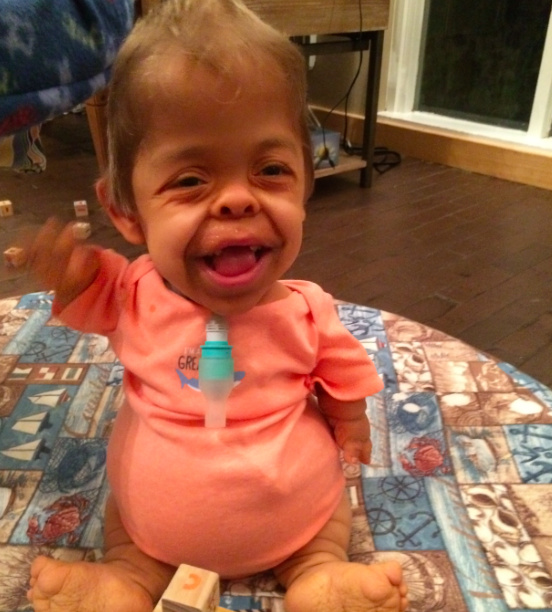Have you ever watched “Little People, Big World” or “The Little Couple”? The popularity of these programs demonstrates the public’s fascination with dwarfism. This rings true when I go out in public with my son, Samuel. People frequently ask about his diagnosis.
Dwarfism is defined as a person who has an adult height of 4 feet, 10 inches or shorter. There are an estimated 200 types of dwarfism. Most people are aware of this condition but know little else, giving rise to the curiosity.
Samuel’s dwarfism is not inherited but rather the fate of a random genetic mutation. His condition was through no fault of my own. Drinking soy milk while I was pregnant didn’t cause it. Falling heavily and landing on my knees didn’t cause it. I’d also venture to say that my advanced maternal age (or my husband’s age) didn’t cause it, although some theories on the Internet state otherwise.
I receive messages from people worldwide about thanatophoric dwarfism (TD, also referred to as thanatophoric dysplasia), which is what my son has. One dear lady whose child had TD believed for months it was her fault. My heart broke for her. She experienced great relief when I shared the truth with her.

The mutation causing thanatophoric dysplasia dwarfism is described as “lethal.” This diagnosis was discovered in 1967 by Pierre Maroteaux and his coworkers; they used the Greek term “thanatophoric,” which means “death-bringing.” At 9 years old, my son’s young life has already defied the odds. He is my little miracle Mann.
Samuel’s rib cage is so small it fits in the palm of my hand. He is 25 inches long and weighs 22 pounds. His short arms and legs, portly belly and trident hands are as soft as a baby’s skin. His flat button nose is utterly kissable.
The primary concern at birth was his inability to breathe. And though he needed a ventilator, we were blessed to bring him home after six months. Several years later, to my great surprise, he no longer needs a ventilator to breathe.
My son’s life expectancy is a bit of a mystery, which I believe is determined more by the miracle of his life rather than by what a textbook states. I’ve had the blessing of meeting other TD families who have blazed a path to hang my hopes on. The oldest survivor I know lived to be 26 years old. Will my son exceed this threshold? My momma’s heart says yes. But I believe only God knows.
As we meet people and are asked questions like, “Who is Samuel?” how do I respond? I can offer statistics like the occurrence of TD being 1 in 20,000 to 50,000 newborns or throw around Greek words and definitions, but I’d say the answer is in his smile. “Here I am,” his smile suggests. “Watch me thrive.”
A version of this post originally appeared on A Miracle in My Living Room.
Do you have a story about your experience with disability or disease? Maybe a moment that made a big impact on you? Please send it to community@themighty.com and include a photo for the story, a photo of yourself and a 1-2 sentence bio.
Want to end the stigma around disability? Like us on Facebook.
And sign up for what we hope will be your favorite thing to read at night.


